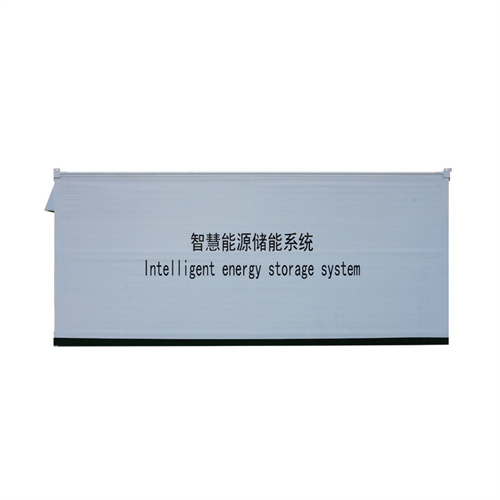
Solar Performance and Efficiency
The conversion efficiency of a photovoltaic (PV) cell, or solar cell, is the percentage of the solar energy shining on a PV device that is converted into usable electricity. Improving this conversion efficiency is a key goal of

Most efficient solar panels 2024 — Clean Energy
The race to produce the most efficient solar panel heats up. Until mid-2024, SunPower, now known as Maxeon, was still in the top spot with the new Maxeon 7 series.Maxeon (Sunpower) led the solar industry for over a

Understanding Solar Panel Efficiency Ratings: What it
The inverter is responsible for converting the DC power generated by the solar panels into AC power that can be used by household appliances. Choosing an inverter with a high efficiency rating ensures minimal

How efficient are solar panels? Top brands compared
If the sun shines on a solar panel with a 20% efficiency rating, 20% of the sun''s energy will convert to solar energy in ideal conditions. Given the same amount of sunlight shining simultaneously on two equal-sized solar

A Guide to Solar Inverters: How They Work & How to
A solar inverter is really a converter, though the rules of physics say otherwise. A solar power inverter converts or inverts the direct current (DC) energy produced by a solar panel into Alternate Current (AC.) Most homes use AC rather than

Solar power
Solar power, also known as solar electricity, is the conversion of energy from sunlight into electricity, either directly using photovoltaics (PV) or indirectly using concentrated solar power. Solar panels use the photovoltaic effect to convert

Solar Panel Efficiency
High-efficiency solar panels are very useful for homeowners with limited roof space or shading. And a percent or two more efficiency is nice. However, with electricity rates rising rapidly in 2022, the most important factor for a solar

Solar Panel Efficiency Over Time
Solar panel efficiency can be reduced over time due to various factors, such as exposure to the elements, wear and tear, and degradation of PV cells. On average, according to NREL research, panels have a median

Solar Panel kWh Calculator: kWh Production Per Day,
1. Power Rating (Wattage Of Solar Panels; 100W, 300W, etc) The first factor in calculating solar panel output is the power rating. There are mainly 3 different classes of solar panels: Small solar panels: 5oW and 100W panels. Standard
6 FAQs about [What is the solar power conversion rate]
What is solar energy conversion?
Quantum photoelectrochemistry calculation of photoinduced interfacial electron transfer in a dye-sensitized solar cell. Solar energy conversion describes technologies devoted to the transformation of solar energy to other (useful) forms of energy, including electricity, fuel, and heat.
What is the conversion rate of solar radiation into electricity?
The conversion rate of solar radiation into electricity by PVs depends on cell type and is between 5% and 20%. Thus, the greater part of the absorbed solar radiation by PVs is converted into heat (at about 60–70%), increasing the temperature of cells.
Is solar energy conversion a cost-effective technology?
Solar energy conversion has the potential to be a very cost-effective technology. It is cheaper as compared to non-conventional energy sources. The use of solar energy help to increase employment and development of the transportation & agriculture sector.
What is solar panel efficiency?
Solar panel efficiency refers to how much of the sun’s energy striking the panel is converted into usable electricity. The more efficient the solar panels are, the more power they will produce. Understanding the key factors that affect solar panel efficiency can help you make informed decisions when shopping for a solar photovoltaic (PV) system.
Is solar energy conversion a positive social impact?
Solar energy conversion has the potential for many positive social impacts, especially in rural areas that did not previously have grid-based energy access. In many off-grid areas, the solar-electric conversion is the fastest growing form of energy procurement.
How much does solar energy cost?
Driven by lower capital costs and higher capacity factors 18, the average levelized cost of energy (LCOE) for utility-scale solar PV dropped by 85% since 2010, to $0.036/kWh in 2021 24. However, significant disruptions in global supply chains over the past three years have resulted in a rise in LCOE 22, reaching to $0.061/kWh in 2024 24.